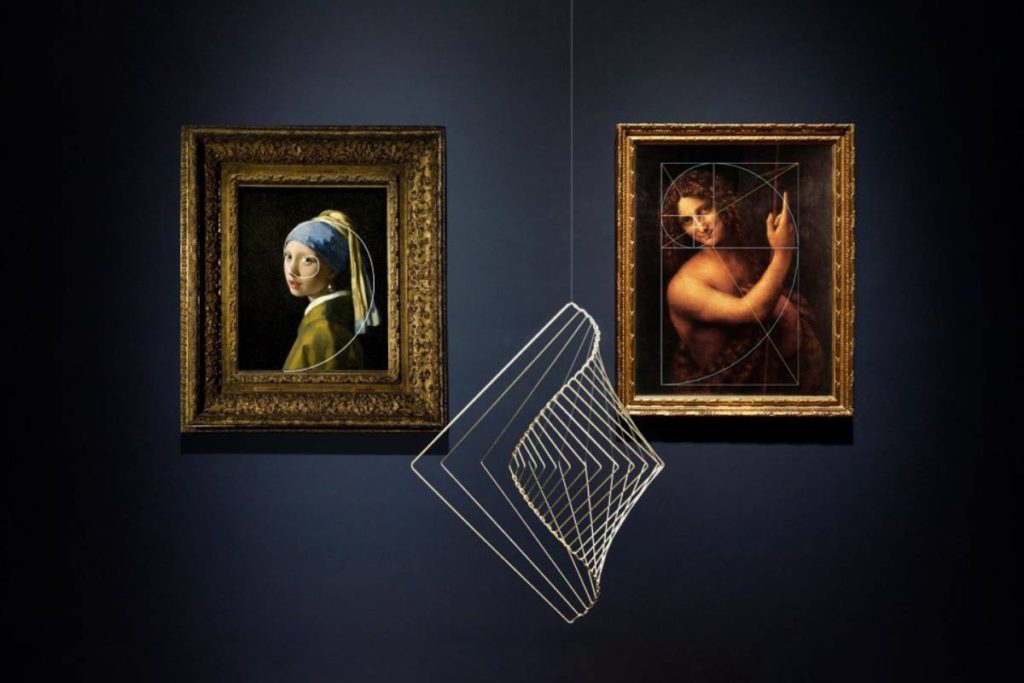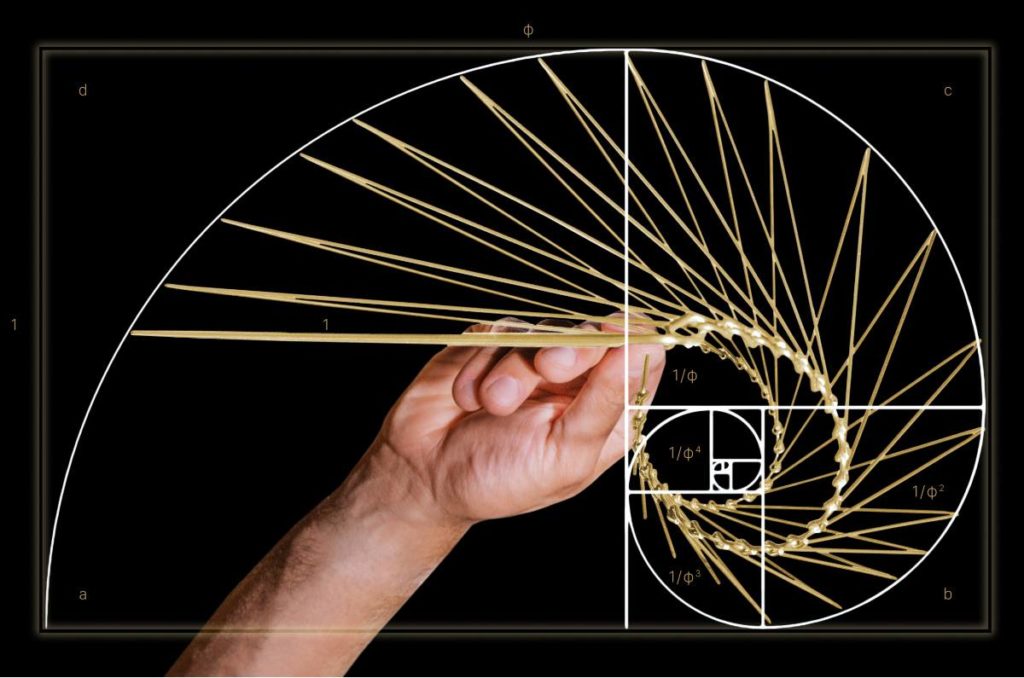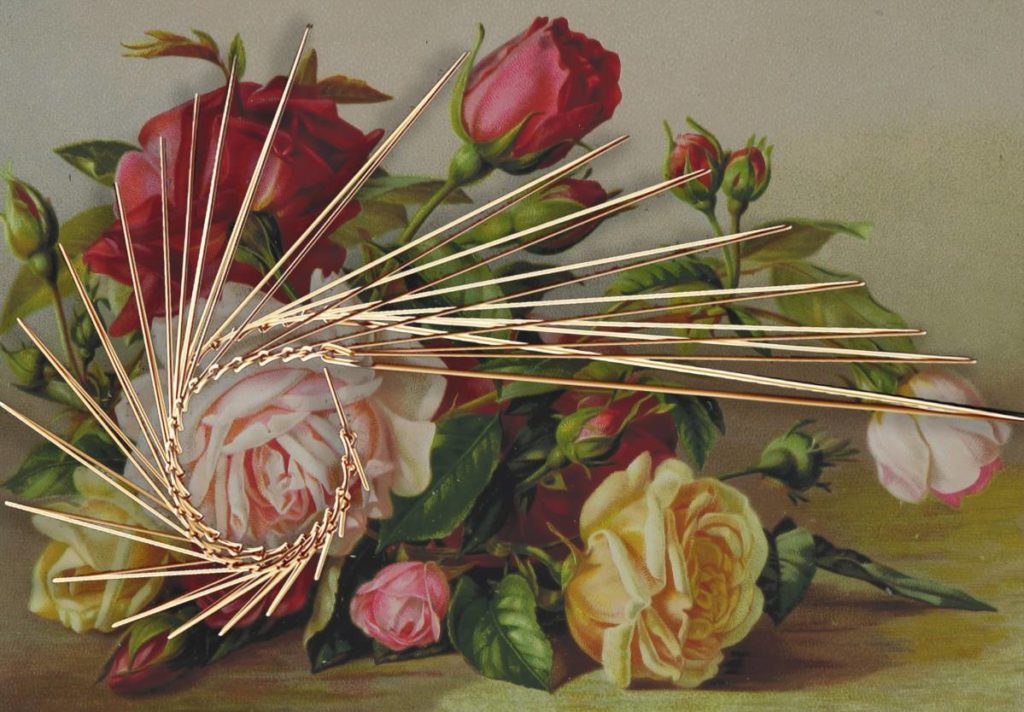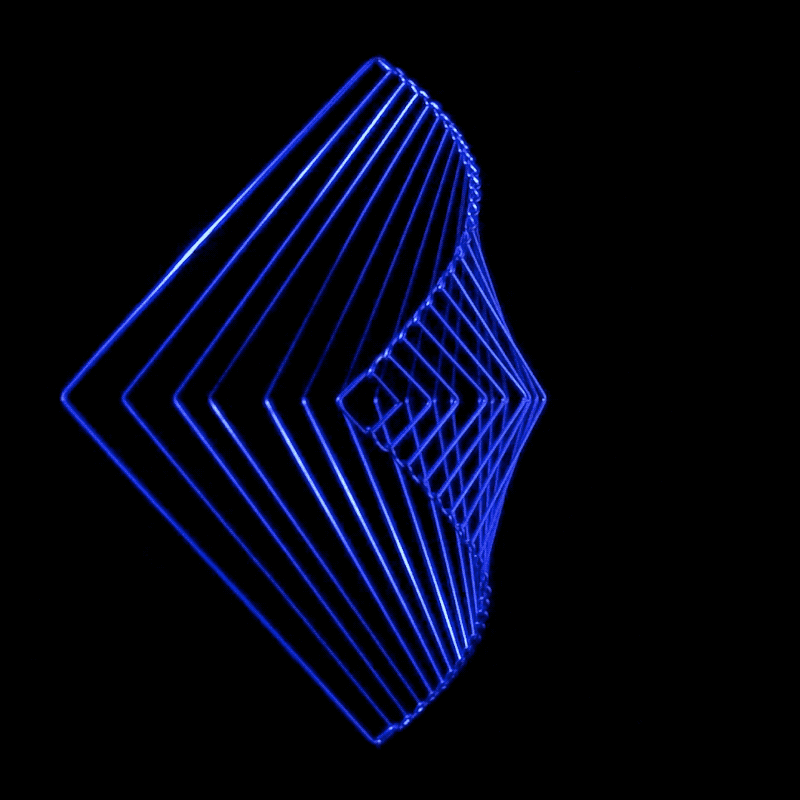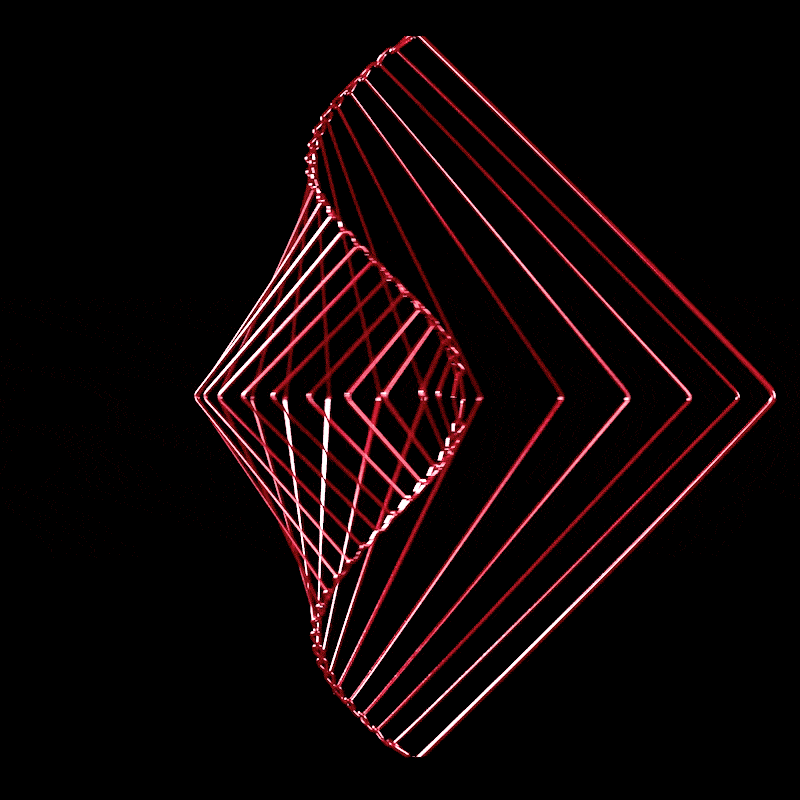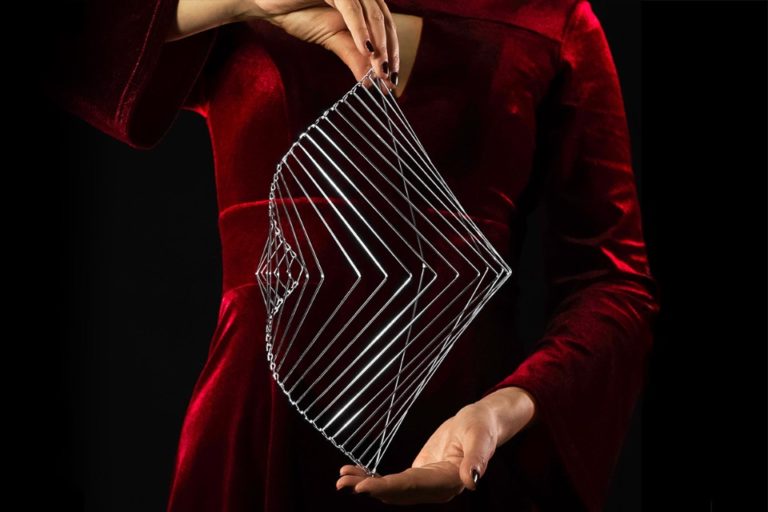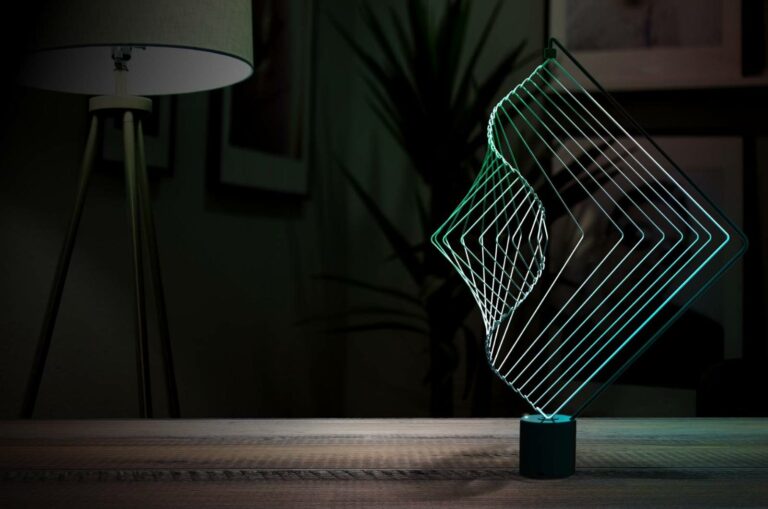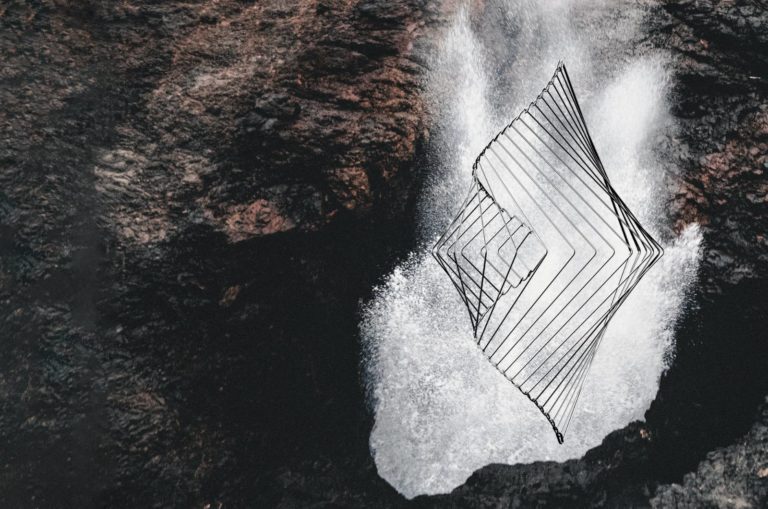Numbers of Enchantment: The Fibonacci Sequence as Art
In 1170, the son of an Italian customs official and merchant was born in the marble and cobblestone dashed city of Pisa. His name was Leonardo, much like the painter Da Vinci, who would later be influenced by his work in mathematics. Leonardo Fibonacci traveled the world with his father, exposing him to the ins and outs of mercantile work, a universe of numbers. He learned about the Hindu-Arabic numeric systems. During these trips, he met with other merchants, who would teach him the crafts of their trade and unique ways of doing arithmetic.
This experience inspired Leonardo to write his “Liber Abaci” or “Book of Calculations”, which popularized the use of Arabic numbers in the Western World. However, a sliver of his work dedicated to the growth pattern of a group of rabbits would create his famed “Fibonacci Sequence”; the formula that would go on to change our perception of nature and art permanently.
A Secret Code: Fibonacci and Art
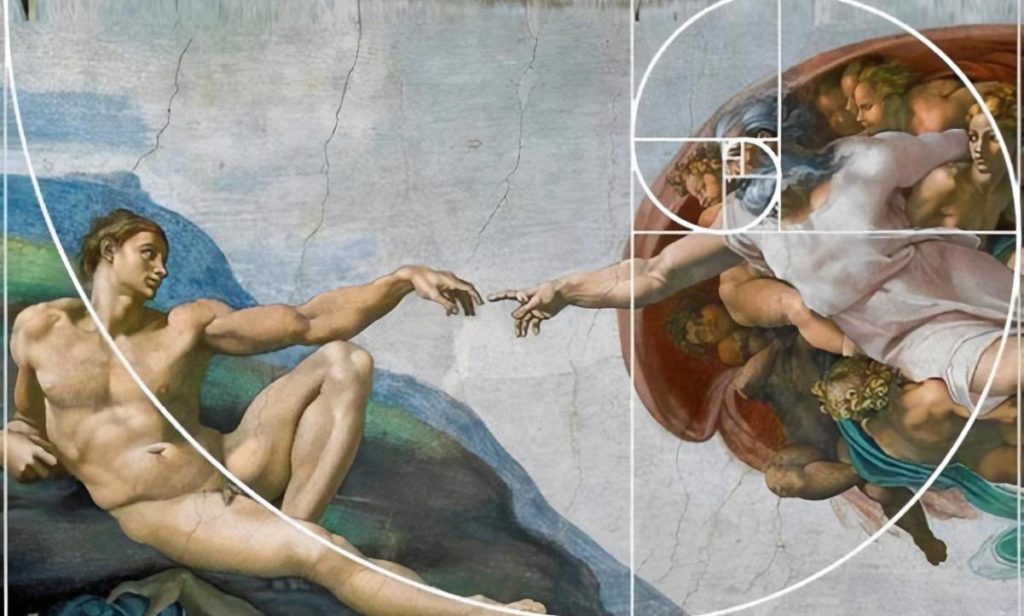
The obvious question remains, what exactly is the Fibonacci Sequence? The Encyclopedia Britannica defines it as a “sequence of numbers … which, after the second, is the sum of the two previous numbers”. This sequence presents in the physical world as a golden ratio; it gives order to the seeds of sunflowers, petals of daisies and patterns of pine cones. It is pervasive and creates perfectly proportional spirals.
Fibonacci is a mathematical code with which to understand our entire physical world. However, the sequence doesn’t only find its home in nature. It is also present in the soft symmetrical curves of renaissance era faces and striking eyes produced by the likes of Da Vinci and Van Eyck. It would seem that the human mind has a propensity for this specific type of symmetry. We love proportion, balance and harmony in our art. For reasons both intentional and unintentional, this translates to the Fibonacci Sequence appearing in thousands of prestigious artworks.
Have you ever wondered why Square Wave turns so gracefully, how it glides through the air in that magical, hypnotic way? Square Wave’s curvature is inspired by the golden ratio. In some poetic way, your kinetic sculpture is linked to the physical world around you; it is a macroscopic look at a design element of mother nature. That is why we often relate Square Wave to nature and encourage its outdoor use.
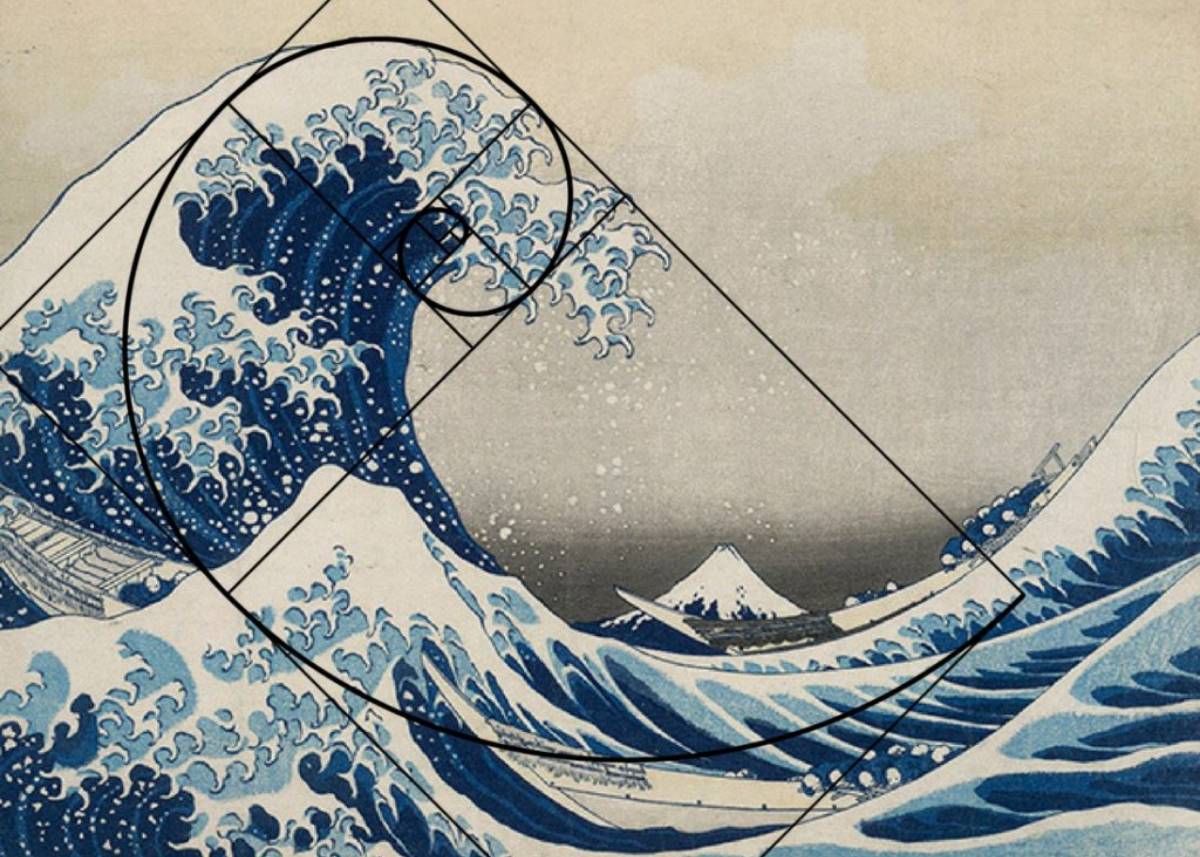
Part of the key to unlocking the mystery behind our innate love for the imperfect, perfection of the natural world is in Square Wave. Every time you look at your Square Wave, you can think about the fact that you are looking at a small piece of the puzzle that makes up our infinitely complex universe. Square Wave is a physical reflection of the Fibonacci Sequence; an educational, soothing and beautiful sculpture that is intrinsically linked to the very fabric of our cosmos.
Innate Beauty, in Numbers
The Fibonacci Sequence is not only found nearly everywhere, it is also naturally pleasing to the human eye and mind. Because of this, we subconsciously seek out the proportions and harmonies present in the sequence. That is why it can be found in so many masterpieces, even if the artist didn’t directly attempt to include it in their artwork.
There is an innate beauty in the golden ratio that draws us to it. It works as a code that’s been programmed into the natural world and our minds, making Square Wave a metaphorical teleportation device; it can transport you to the tranquil perfection of waves crashing on the beach at dawn, or the wind blowing in beautiful spirals through the soft summer grass.

